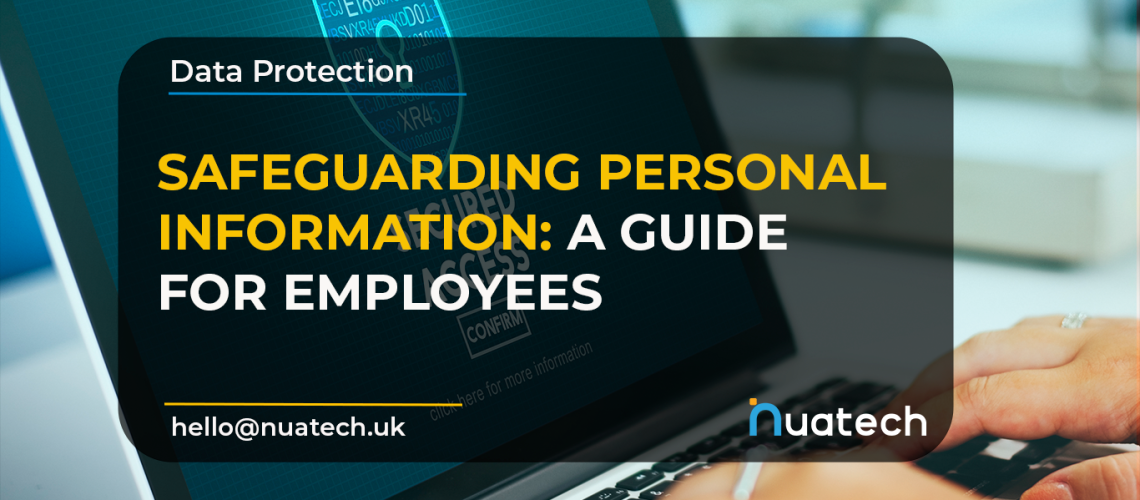

In today’s digital world, safeguarding personal and company information is not just important, it’s essential. Cyber threats are ever-increasing, and data breaches can have serious implications, both financially and reputationally. This guide is designed to provide employees with an understanding of how to protect personal and company information from such threats.
Personal information refers to any information relating to an identified or identifiable individual. This could include names, addresses, phone numbers, bank account numbers, email addresses, login credentials, PPS numbers, and other similar information.
Safeguarding personal information is crucial to protect the individual’s privacy, prevent identity theft, and ensure compliance with data protection regulations such as the GDPR. Furthermore, businesses also have a responsibility to protect customer and employee information from unauthorised access and data breaches.
If you suspect a data breach or a security incident, report it to your manager or your company’s IT department immediately. Swift reporting can significantly mitigate the effects of a breach.
Protecting personal and company data is everyone’s responsibility. By adopting these practices and maintaining a proactive approach to security, you can significantly contribute to the safety and integrity of personal and company data.